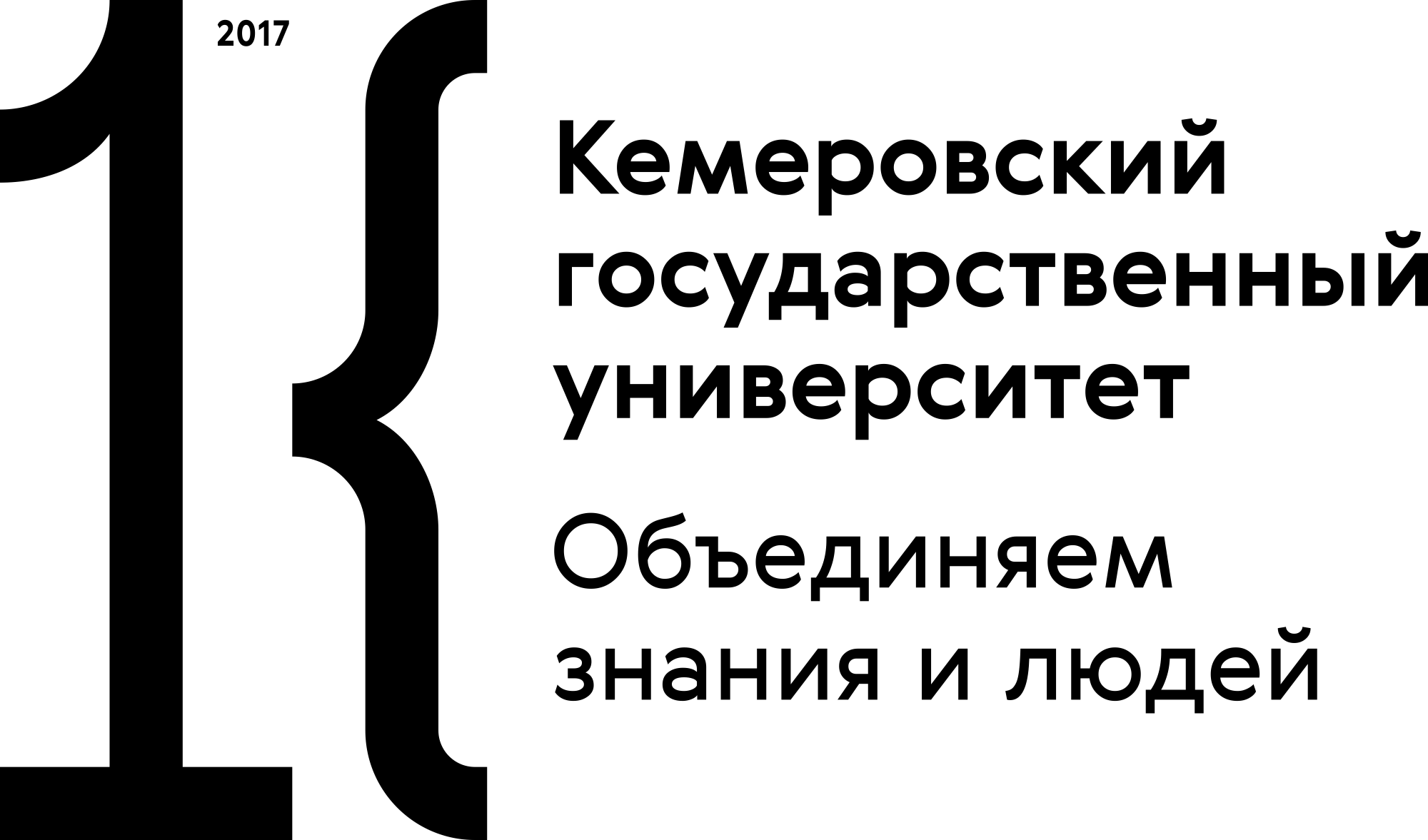Russian Federation
Russian Federation
Russian Federation
CSCSTI 27.01
CSCSTI 31.01
CSCSTI 34.01
An analytical formula for the enthalpy of evaporation of secondary alcohols has been received using the method of thermodynamic similarity. The relative molecular mass M, Tboil and also the number of carbon atoms in the molecule N are applied as parameters of reduction. A dependence of boiling temperature on the number of carbon atoms in a molecule of secondary alcohol has been provided. A predicting model for the vaporization enthalpy based on the data on critical temperature has been provided. A possibility of application of the similarity theory for the calculation of enthalpy of melting of secondary alcohols according to the known vaporization enthalpy has been considered. The obtained thermodynamic characteristics of secondary alcohols can be used when calculating equilibrium ratios charts. In the PCEAS program developed by the authors (Phase Charts Eutectic and Azeotropic Systems) input data are the enthalpy and temperature of phase transition of pure components therefore the offered models allow to calculate the equilibrium charts of binary systems on the basis of secondary alcohol
Secondary alcohols, thermodynamic similarity, enthalpy of vaporization and boiling point
1. 1. Wagner A.J., Miller S.M., King R.P., and Rychnovsky S.D. Nanomole-Scale Assignment and One-Use Kits for Determining the Absolute Configuration of Secondary Alcohols. Journal of Organic Chemistry, 2016, vol. 81, iss. 15, pp 6253-6265. DOI:https://doi.org/10.1021/acs.joc.6b00816.
2. 2. Balaban A., Kuranov G., and Smirnova N. Phase equilibria modeling in aqueous systems containing 2-propanol and calcium chloride or/and magnesium chloride. Fluid Phase Equilibria, 2002, vol. 194, pp. 717-728. DOI:https://doi.org/10.1016/S0378-3812(01)00783-X.
3. 3. Cachadina I. and Mulero A. Evaluation of correlations for prediction of the normal boiling enthalpy. Fluid Phase Equilibria, 2006, vol. 240, iss. 2, pp. 173-178. DOI:https://doi.org/10.1016/j.fluid.2005.12.013.
4. 4. Esina Z.N., Miroshnikov A.M., and Korchuganova M.R. Flash Points of Secondary Alcohol and n-Alkane Mixtures. Journal of Physical Chemistry B, 2015, vol, 119, iss. 46, pp 14697-14704. DOI:https://doi.org/10.1021/acs.jpcb.5b04872.
5. 5. Reid R.C., Prausnitz J.M., and Sherwood T.K. Svoystva gazov i zhidkostey [The Properties of Gases and Liquids]. New York: McGraw-Hill Education Publ., 1977.
6. 6. Dreisbach P.P. Physical properties of chemical compounds. Advances in Chemistry, 1961, vol. 22, pp. 1955-1959.
7. 7. Nhu N.Van, Singh M., and Leonhard K. Quantum mechanically based estimation of perturbed-chain polar statistical associating fluid the theory parameters for analyzing their physical significance and predicting properties. Journal of Physical Chemistry B, 2008, vol. 112, iss. 18, 5693-5701. DOI:https://doi.org/10.1021/jp7105742.
8. 8. Basarova P. and Svoboda V. Prediction of the enthalpy of vaporization by the group contribution method. Fluid Phase Equilibria, 1995, vol. 105, iss.1, pp. 27-47. DOI:https://doi.org/10.1016/0378-3812(94)02599-V.
9. 9. Meyra A.G., Kuz V.A., and Zarragoicoechea G.J. Universal behavior of the enthalpy of vaporization an empirical. Fluid Phase Equilibria. 2004, vol. 218, iss. 2, pp. 205-207. DOI:https://doi.org/10.1016/j.fluid.2003.12.011.
10. 10. Mohammadi A.H. and Richon D. Experimental measurement and thermodynamic modeling of water content in methane and ethane systems. Industrial and Engineering Chemistry Research, 2004, vol. 43, iss. 22, pp. 7148-7162. DOI:https://doi.org/10.1021/ie049843f.
11. 11. Morgan D.L. Use of transformed correlations to help screen and populate properties within databanks. Fluid Phase Equilibria, 2007, vol. 256, iss. 1-2, pp. 54-61. DOI:https://doi.org/10.1016/j.fluid.2007.01.016.
12. 12. Kikic I. and Vetere A. Evaluation of several literature equations to predict the vaporization enthalpies at the normal boiling point. Fluid Phase Equilibria, 2011, vol. 309, iss. 2, pp. 151-154. DOI:https://doi.org/10.1016/j.fluid.2011.06.026.
13. 13. Thomsen K., Rasmussen P., and Gani R Correlation and prediction of thermal properties and phase behaviour for a class of aqueous electrolyte systems. Chemical Engineering Science, 1996, vol. 51, iss. 14, pp. 3675-3683. DOI:https://doi.org/10.1016/0009-2509(95)00418-1.
14. 14. Toropov A.A. and Toropova A.P. QSPR modeling of alkanes properties based on graph of atomic orbitals. Journal of Molecular Structure-Theochem, 2003, vol. 637, pp. 1-10. DOI:https://doi.org/10.1016/S0166-1280(02)00492-X.
15. 15. Zhou C., Chu X., and Nie C. Predicting thermodynamic properties with a novel semiempirical topological descriptor and path numbers. Journal of Physical Chemistry B, 2007, vol. 111, iss. 34, pp. 10174-10179. DOI:https://doi.org/10.1021/jp070660r.
16. 16. Jia Q., Wang Q., and Ma P. Prediction of the Enthalpy of Vaporization of Organic Compounds at Their Normal Boiling Point with the Positional Distributive Contribution Method. Journal of Chemical and Engineering Data, 2010, vol. 55, iss. 12, pp. 5614-5620. DOI:https://doi.org/10.1021/je1004824.
17. 17. Gharagheizi F. Determination of normal boiling vaporization enthalpy using a new molecular-based model. Fluid Phase Equilibria, 2012, vol. 317, pp. 43-51. DOI:https://doi.org/10.1016/j.fluid.2011.12.024.
18. 18. Zefirova N.S. Khimicheskaya entsiklopediya [Chemical encyclopedia]. Moscow: Great Russian encyclopedia Publ., 1995.
19. 19. Filippov L.P. Prognozirovanie teplofizicheskikh svoystv zhidkostey i gazov [Predicting Thermal Physical Properties of Liquids and Gases]. Moscow: Energoatomizdat Publ., 1988. 168 p.
20. 20. Walas S.M. Fazovye ravnovesiya v khimicheskoy inzhenerii [Phase equilibria in chemical engineering]. London: Butterworth-Heinemann Publ., 1985. 688 p.
21. 21. Esina Z.N., Korchuganov M.R. Predicting the enthalpies of melting and vaporization for pure components. Russian Journal of Physical Chemistry, 2014, vol. 88, iss. 12, pp. 1893-1899. DOI:https://doi.org/10.7868/S0044453714120073.
22. 22. Esina Z.N. and Korchuganov M.R. Applicability of the theory of thermodynamic similarity to predict the enthalpies of vaporization of aliphatic aldehydes. Russian Journal of Physical Chemistry, 2015, vol. 89, iss. 6, pp. 960-964. DOI:https://doi.org/10.7868/S0044453715050118.
23. 23. Korchuganova M.R., Esina Z.N. and Murashkin V.V. Vozmozhnosti modeli PCEAS dlya rascheta fazovykh ravnovesiy zhidkost’-tverdoe i zhidkost’-par pri postoyannom davlenii [Opportunities of PCEAS model for calculation of phase equilibria liquid-solid and liquid-vapor at constant pressure]. Izvestiya vuzov. Seriya: Khimiya i khimicheskaya tekhnologiya [News of institutes of higher education. Series: Chemistry and chemical technology], 2014, vol. 57, no. 1, pp. 43-46.
24. 24. Esina Z.N., Murashkin V.V. and Korchuganova M.R. Fazovaya diagramma Evtekticheskaya i azeotropnaya sistema (PCEAS) [Phase Chart Eutectic and Azeotropic System (PCEAS)]. State registration certificate of an application software, no. 2012618394, 2012.
25. 25. Esina Z.N., Murashkin V.V. and Korchuganova M.R. Fazovaya diagramma Evtekticheskaya i azeotropnaya sistema (PCEAS) [Phase Chart Eutectic and Azeotropic System (PCEAS)]. State registration certificate of an application software, no. 2012620983, 2012.










